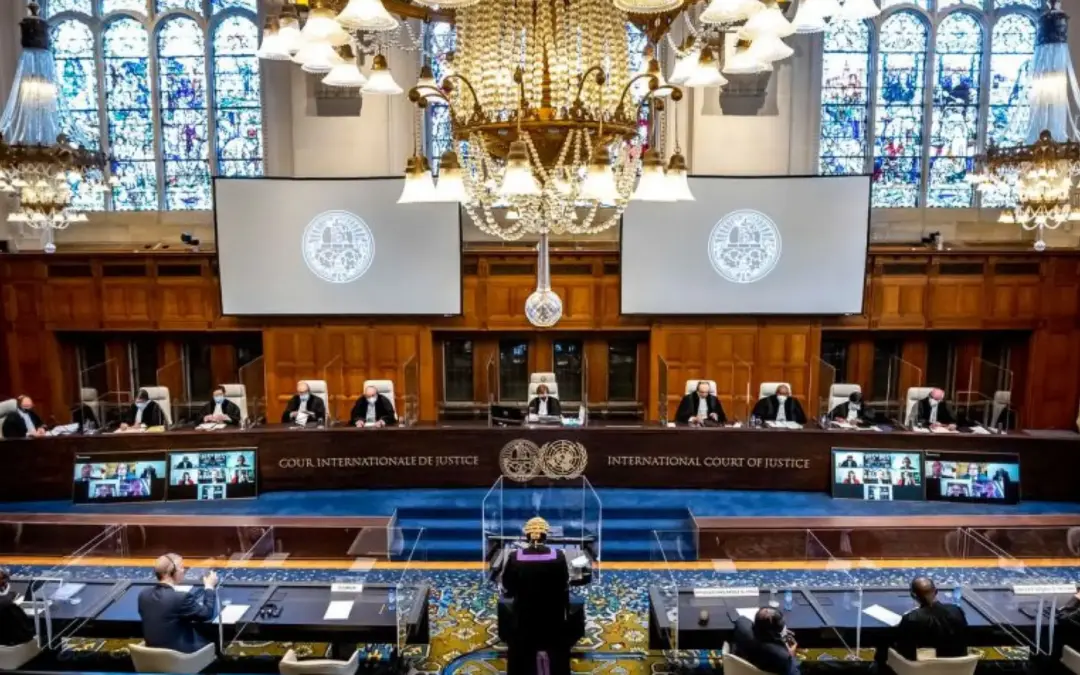In the latest turn of events, billionaire entrepreneur Elon Musk finds himself embroiled in a potential $22 billion legal battle with the Anti-Defamation League (ADL). The lawsuit centers on Musk’s allegations that the ADL’s actions have significantly contributed to the loss of billions in advertising revenue for X, formerly known as Twitter. Musk contends that the ADL’s accusations of anti-Semitism against X have had a detrimental impact on the platform’s ability to attract advertisers. This legal showdown, fueled by claims of defamation, has ignited a heated debate about the ADL’s role and the use of hate labels in contemporary society.
Musk, known for his outspoken nature and involvement in various ventures including Tesla and SpaceX, took to social media to voice his concerns. He expressed his frustration with the ADL, stating that advertisers had informed X that the ADL was responsible for a substantial portion of their revenue losses. According to Musk, the ADL’s allegations have forced advertisers to steer clear of X, and the only way to remedy this situation, as he sees it, is through a defamation lawsuit. Musk’s motive for pursuing legal action is to shed light on what he perceives as the ADL’s undue influence over social media platforms, particularly in the Western world.
This development sparked a trending hashtag, #BanTheADL, which set off a spirited online discourse about the ADL’s activities and the broader issue of hate labels and their impact on free speech. At the heart of the matter is the belief that many organizations, including the ADL, use the guise of fighting discrimination as a cover for their own political agendas, specifically to censor conservative voices, allegedly in favor of the Democratic Party.
The ADL, historically known for its mission to defend the Jewish community against attacks, has expanded its reach over the years. It now operates extensive databases cataloging various symbols, numbers, and groups associated with hate or discrimination. It collaborates with government agencies, conducts training programs, and maintains a presence on issues related to hate and discrimination, working closely with entities such as the FBI.
However, the crux of Musk’s argument lies in the ADL’s purported power to destroy a company with a single label. By branding a company as tied to anti-Semitism or discrimination, Musk argues, the ADL wields a damaging weapon that can obliterate its value. This has raised concerns about the potential for misuse and the chilling effect on free speech.
The ADL, in response to Musk’s allegations, dismissed the threat of a defamation lawsuit as frivolous and characterized Musk’s accusations as “dangerous and deeply irresponsible.” The primary issue at hand is not just about the ADL itself but the broader system of organizations that appear to utilize their anti-discrimination mission as a facade for political censorship. Musk’s contention is that these groups may be selectively targeting conservative voices, particularly those aligned with the political right, while turning a blind eye to hate and discrimination from other quarters.
This controversy surrounding the ADL is not a recent development but has its roots extending back several years. Notably, the ADL’s transformation began when it appointed Jonathan Greenblatt as its CEO. Before this role, Greenblatt served as a Special Assistant to President Barack Obama and was linked to left-leaning nonprofit initiatives, adding a political dimension to the ADL’s activities.
Under Greenblatt’s leadership, the ADL faced criticism for appearing to align itself more with the interests of the Democratic Party while allegedly distancing itself from advocacy against anti-Semitism, especially when it involved left-leaning figures. This shift in focus raised concerns that the ADL was prioritizing partisan interests over its original mission of combating anti-Semitism and hate across the board.
Critics pointed out instances where the ADL seemingly applied a double standard based on political affiliations. For example, while the ADL was outspoken against anti-Semitism from the right, it appeared to downplay or ignore instances of anti-Semitism arising from the left. This selective approach led to accusations that the ADL was engaging in political bias rather than impartially combating hate.
Furthermore, the ADL’s approach to movements such as the Boycott, Divestment, Sanctions (BDS) movement raised eyebrows. Critics noted that the ADL appeared to be lenient toward BDS, despite its stated goal of undermining Israel. This inconsistency in addressing anti-Semitic sentiments raised questions about the ADL’s commitment to its core mission.
In one instance, the ADL’s inclusion of certain individuals in its hate guide came under scrutiny. Critics argued that the individuals listed were predominantly aligned with right-wing politics, highlighting a perceived bias against conservative voices. This bias, critics contended, undermined the ADL’s credibility as an organization dedicated to combating hate across the political spectrum.
Additionally, the ADL’s response to events such as the expulsion of Jews from the LGBT Chicago Dyke March for displaying Jewish Pride flags with the Star of David prompted criticism. Many questioned why the ADL did not vocally condemn such actions, especially when they involved discrimination against Jewish individuals. These incidents further fueled concerns that the ADL was allowing politics to cloud its mission.
Elon Musk’s legal battle with the ADL sheds light on broader issues surrounding the organization’s role and the use of hate labels in modern discourse. While the ADL was originally established to combat anti-Semitism and discrimination, allegations of political bias and selective targeting of certain groups have raised questions about its integrity and effectiveness. This legal showdown serves as a reminder that addressing hate and discrimination requires a consistent and impartial approach that transcends political divides to uphold the principles of free speech and tolerance.











